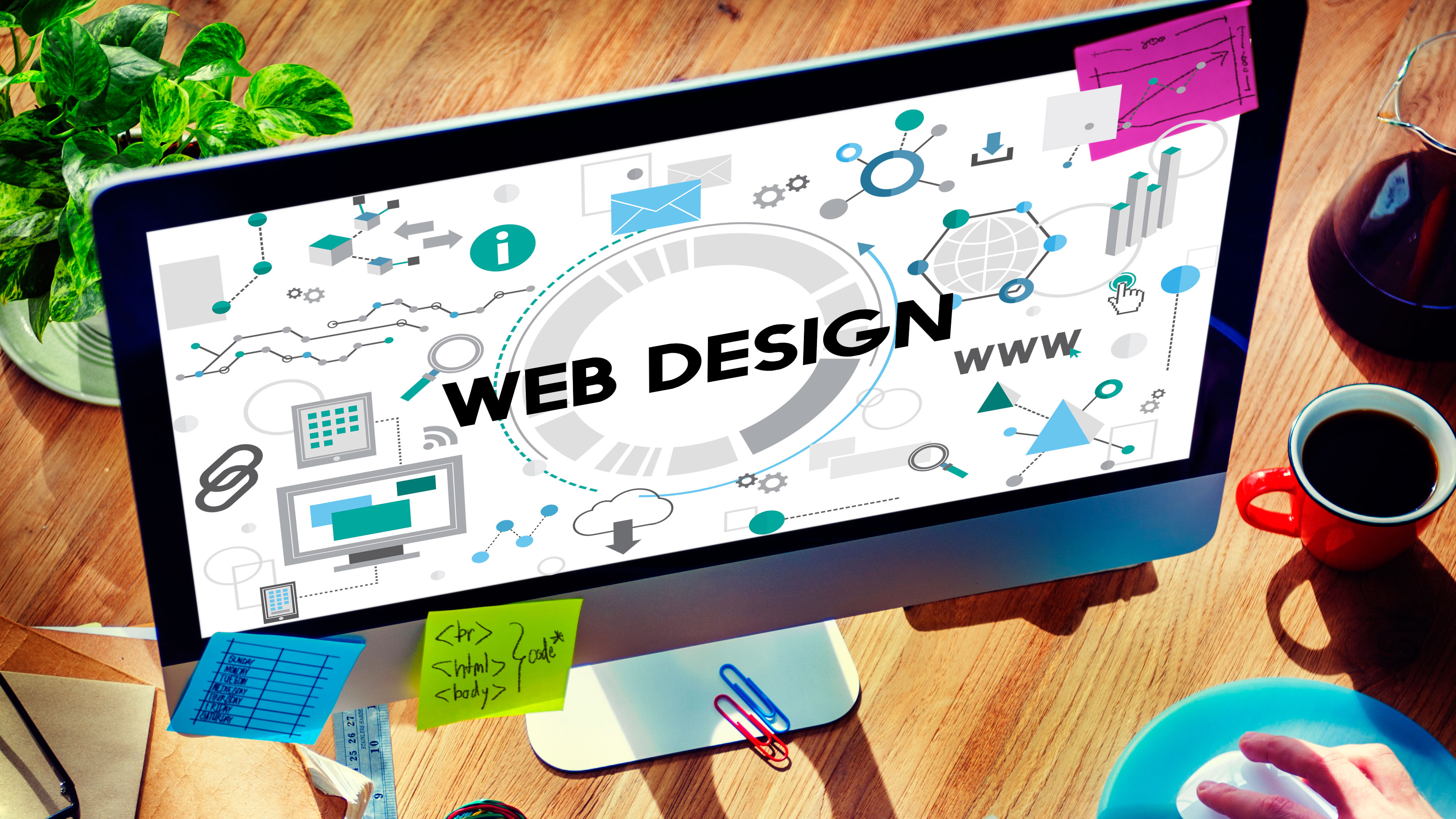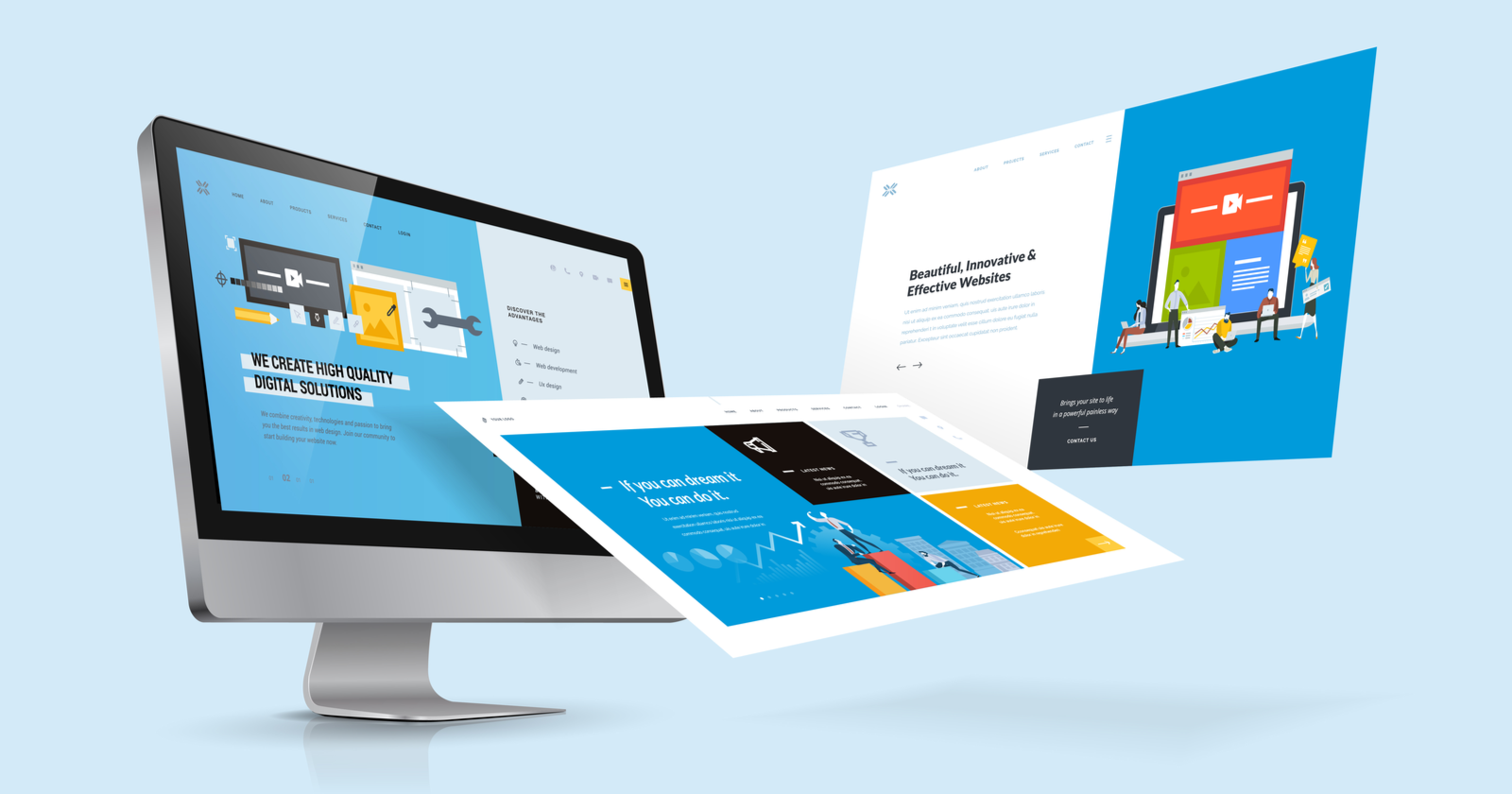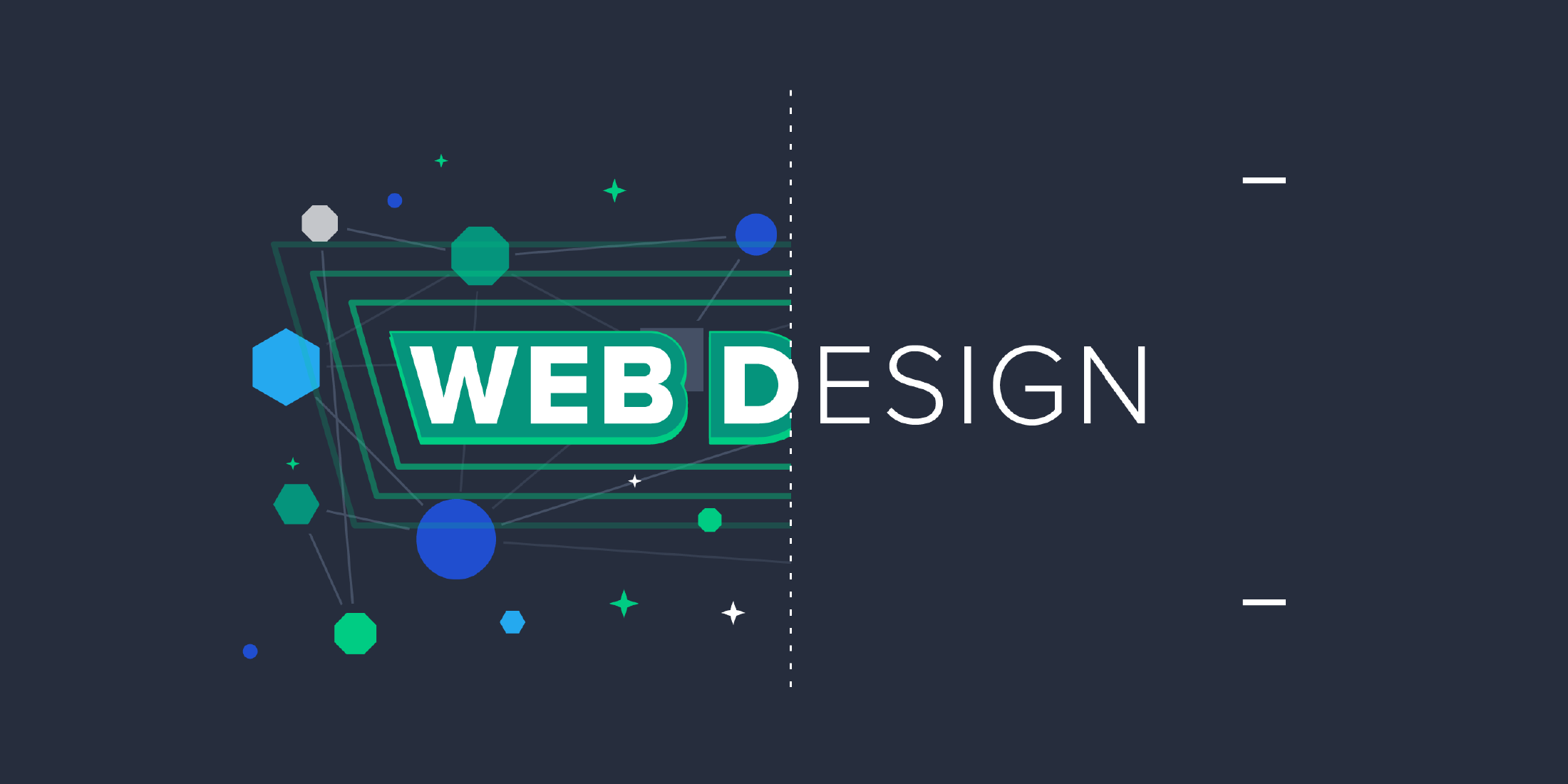All Categories
Featured
Table of Contents
- – Lifted Logic: Web Design In Kansas City - Seo ...
- – Web Design Courses & Tutorials - Codecademy T...
- – What Is Web Design? - Interaction Design Foun...
- – Web Design - The First 100 Years - Idle Words...
- – Web Design Inspiration : The Best Website Des...
- – Basics Of Web Development & Coding Specializa...
- – Pueblo Web Design Tips and Tricks:
- – Collaborate & Create Amazing Graphic Design ...
- – Custom Web Design, Development & Digital Mar...
- – What Does A Web Designer Do? - Careerexplore...
- – Web Design Services + Website Development Ag...
Lifted Logic: Web Design In Kansas City - Seo - Website ... Tips and Tricks:
Quick summary Usability and the energy, not the visual design, determine the success or failure of a site. Because the visitor of the page is the only person who clicks the mouse and for that reason chooses whatever, user-centric design has actually developed as a basic technique for effective and profit-oriented website design - web design frederick md.
and the energy, not the visual design, determine the success or failure of a site. Considering that the visitor of the page is the only individual who clicks the mouse and therefore chooses whatever, user-centric style has actually become a basic approach for effective and profit-oriented web style. After all, if users can't utilize a function, it might also not exist.
g. where the search box ought to be positioned) as it has actually already been performed in a number of articles; instead we concentrate on the techniques which, used effectively, can cause more advanced style decisions and simplify the process of viewing provided details. Please discover that you may be interested in the usability-related posts we have actually released before: Principles Of Good Website Style And Reliable Website Design Standards, In order to utilize the concepts correctly we initially require to understand how users engage with sites, how they think and what are the basic patterns of users' behavior.
Web Design Courses & Tutorials - Codecademy Tips and Tricks:
Visitors glance at each brand-new page, scan some of the text, and click the first link that captures their interest or vaguely resembles the important things they're searching for. There are big parts of the page they don't even look at. A lot of users search for something intriguing (or helpful) and clickable; as quickly as some promising prospects are found, users click.
If a page provides users with premium material, they are willing to jeopardize the material with advertisements and the design of the site. This is the reason not-that-well-designed websites with top quality content acquire a great deal of traffic over years. Material is more essential than the design which supports it.

Users do not check out, they scan. Notification how "hot" areas abrupt in the middle of sentences. This is typical for the scanning process. Very simple principle: If a site isn't able to satisfy users' expectations, then designer stopped working to get his task done properly and the business loses money. The greater is the cognitive load and the less intuitive is the navigation, the more prepared are users to leave the website and look for alternatives.
What Is Web Design? - Interaction Design Foundation (Ixdf) Tips and Tricks:
Neither do they scan website in a direct fashion, going sequentially from one site section to another one. Instead users satisfice; they select the first reasonable option. As quickly as they discover a link that appears like it may lead to the objective, there is an extremely great possibility that it will be instantly clicked.
It does not matter to us if we understand how things work, as long as we can use them. If your audience is going to act like you're designing billboard, then design excellent signboards." Users want to have the ability to control their web browser and depend on the constant information discussion throughout the site.
If the navigation and site architecture aren't intuitive, the variety of question marks grows and makes it harder for users to comprehend how the system works and how to get from point A to point B. A clear structure, moderate visual clues and quickly recognizable links can assist users to discover their course to their objective.
Web Design - The First 100 Years - Idle Words Tips and Tricks:

claims to be "beyond channels, beyond items, beyond distribution". What does it indicate? Given that users tend to check out websites according to the "F"-pattern, these 3 statements would be the first components users will see on the page once it is filled. The style itself is easy and user-friendly, to comprehend what the page is about the user needs to search for the response.
As soon as you have actually achieved this, you can interact why the system works and how users can gain from it. People will not use your web site if they can't discover their method around it. 2. Don't Waste Users' Perseverance, In every task when you are going to offer your visitors some service or tool, attempt to keep your user requirements very little.
Newbie visitors are willing to, not filling long web kinds for an account they may never ever use in the future. Let users explore the site and find your services without requiring them into sharing private information. It's not sensible to force users to get in an e-mail address to evaluate the feature.
Web Design Inspiration : The Best Website Design Ideas Tips and Tricks:
Stikkit is a best example for an easy to use service which needs nearly nothing from the visitor which is unobtrusive and soothing. Which's what you desire your users to feel on your website. Apparently, Mite requires more. Nevertheless the registration can be performed in less than 30 seconds as the form has horizontal orientation, the user doesn't even need to scroll the page.
A user registration alone is sufficient of an impediment to user navigation to cut down on inbound traffic. Manage To Focus Users' Attention, As websites provide both static and vibrant material, some aspects of the user interface draw in attention more than others do.
Focusing users' attention to specific areas of the site with a moderate use of visual elements can assist your visitors to get from point A to point B without thinking about how it really is expected to be done. The less enigma visitors have, the they have and the more trust they can establish towards the business the website represents.
Basics Of Web Development & Coding Specialization - Coursera Tips and Tricks:
Make Every Effort For Feature Direct exposure, Modern web styles are typically criticized due to their approach of directing users with aesthetically appealing 1-2-3-done-steps, large buttons with visual effects etc. From the design point of view these aspects in fact aren't a bad thing.
The website has 9 main navigation alternatives which are visible at the first glance. What matters is that the material is well-understood and visitors feel comfy with the way they interact with the system.
com gets directly to the point. No cute words, no overemphasized statements. Rather a price: just what visitors are trying to find. An optimal solution for reliable writing is touse brief and succinct phrases (come to the point as quickly as possible), usage scannable layout (categorize the content, utilize numerous heading levels, use visual components and bulleted lists which break the flow of consistent text blocks), use plain and unbiased language (a promotion doesn't require to seem like ad; offer your users some reasonable and objective reason that they must utilize your service or remain on your website)6.
Pueblo Web Design Tips and Tricks:
Users are rarely on a website to delight in the design; in addition, most of the times they are searching for the information despite the style - web design frederick md. Pursue simplicity instead of intricacy. From the visitors' perspective, the very best website style is a pure text, without any ads or additional material blocks matching precisely the question visitors used or the material they have actually been searching for.
Finch plainly provides the details about the site and provides visitors an option of options without overcrowding them with unnecessary material. Not only does it assist to for the visitors, however it makes it possible to view the info provided on the screen.
Complex structures are harder to read, scan, analyze and deal with. If you have the choice between separating 2 design segments by a visible line or by some whitespace, it's usually much better to use the whitespace option. (Simon's Law): the better you manage to supply users with a sense of visual hierarchy, the easier your material will be to view.
Collaborate & Create Amazing Graphic Design For Free Tips and Tricks:
The very same conventions and guidelines should be applied to all elements.: do the most with the least amount of hints and visual elements. 4 significant indicate be thought about: simplicity, clarity, distinctiveness, and emphasis. Simpleness consists of only the components that are most important for interaction. Clarity: all components should be developed so their significance is not uncertain.
Conventions Are Our Buddies, Traditional design of website elements does not result in a dull web website. It would be an usability nightmare if all websites had various visual discussion of RSS-feeds.
understand what they're expecting from a website navigation, text structure, search placement etc. A normal example from use sessions is to translate the page in Japanese (presuming your web users don't understand Japanese, e. g. with Babelfish) and provide your functionality testers with a task to discover something in the page of different language.
Custom Web Design, Development & Digital Marketing ... Tips and Tricks:
Test Early, Test Typically, This so-called TETO-principle needs to be used to every web style job as usability tests typically provide into substantial issues and issues related to a given layout. Test not too late, not too little and not for the wrong reasons.
Some important points to keep in mind: according to Steve Krug, and screening one user early in the job is better than testing 50 near the end. Accoring to Boehm's very first law, errors are most frequent during requirements and style activities and are the more expensive the later on they are gotten rid of.
That indicates that you develop something, test it, fix it and after that evaluate it again. There might be problems which have not been discovered during the very first round as users were virtually obstructed by other problems. use tests. Either you'll be indicated the issues you have or you'll be indicated the lack of significant design defects which remains in both cases a helpful insight for your task.
What Does A Web Designer Do? - Careerexplorer Tips and Tricks:

This holds for designers as well. After you've worked on a site for couple of weeks, you can't observe it from a fresh point of view any longer. You understand how it is developed and therefore you understand exactly how it works you have the knowledge independent testers and visitors of your website would not have.
It can be connected to other locations such as graphic design, user experience, and multimedia arts, but is more appropriately seen from a technological viewpoint. It has actually become a big part of people's daily lives. It is difficult to imagine the Internet without animated graphics, different designs of typography, background, videos and music.

Throughout 1991 to 1993 the World Wide Web was born. Text-only pages might be viewed using a basic line-mode browser. In 1993 Marc Andreessen and Eric Bina, produced the Mosaic browser. At the time there were several browsers, however most of them were Unix-based and naturally text heavy. There had actually been no integrated approach to graphic style components such as images or noises.
Web Design Services + Website Development Agency Tips and Tricks:
The W3C was developed in October 1994 to "lead the Web to its complete capacity by establishing typical procedures that promote its advancement and ensure its interoperability." This prevented any one business from monopolizing a propriety browser and shows language, which might have altered the result of the Internet as a whole.
As this has happened the innovation of the web has actually likewise moved on. There have likewise been considerable modifications in the method individuals utilize and access the web, and this has actually changed how websites are designed.
Learn more about Lovell Media Group LLC or TrainACETable of Contents
- – Lifted Logic: Web Design In Kansas City - Seo ...
- – Web Design Courses & Tutorials - Codecademy T...
- – What Is Web Design? - Interaction Design Foun...
- – Web Design - The First 100 Years - Idle Words...
- – Web Design Inspiration : The Best Website Des...
- – Basics Of Web Development & Coding Specializa...
- – Pueblo Web Design Tips and Tricks:
- – Collaborate & Create Amazing Graphic Design ...
- – Custom Web Design, Development & Digital Mar...
- – What Does A Web Designer Do? - Careerexplore...
- – Web Design Services + Website Development Ag...
Latest Posts
Web Design Definition - Techterms Tips and Tricks:
Arch Web Design: Top-rated Web Design Agency For Saas ... Tips and Tricks:
Collaborate & Create Amazing Graphic Design For Free Tips and Tricks:
More
Latest Posts
Web Design Definition - Techterms Tips and Tricks:
Arch Web Design: Top-rated Web Design Agency For Saas ... Tips and Tricks:
Collaborate & Create Amazing Graphic Design For Free Tips and Tricks: